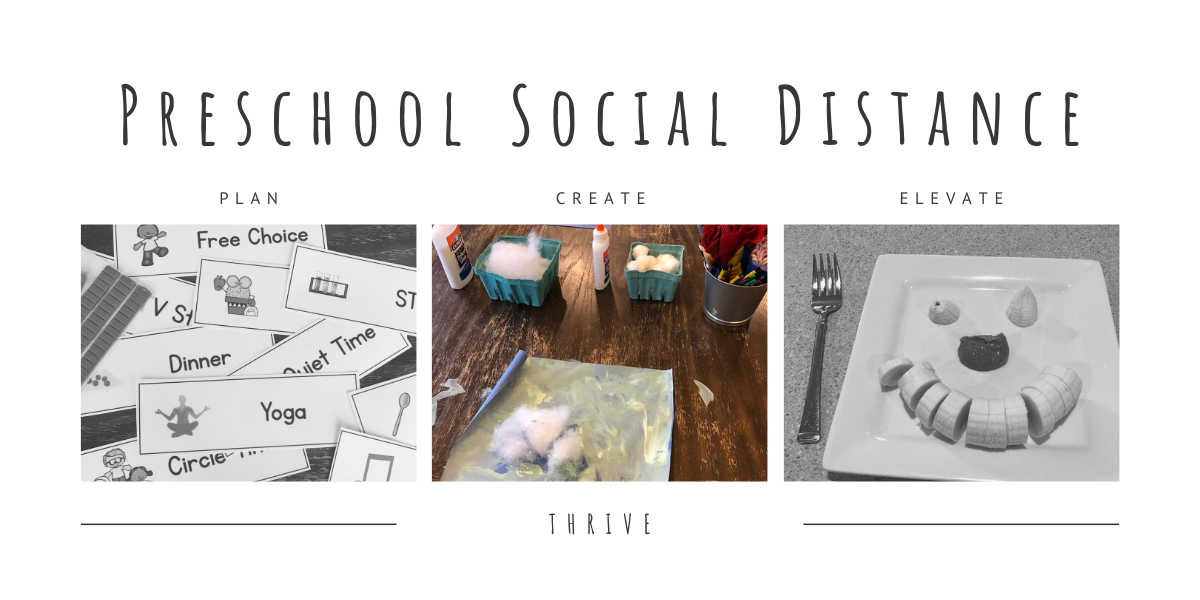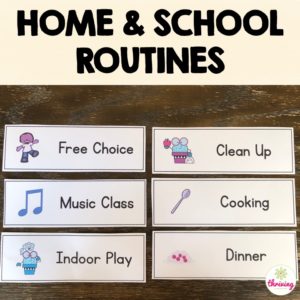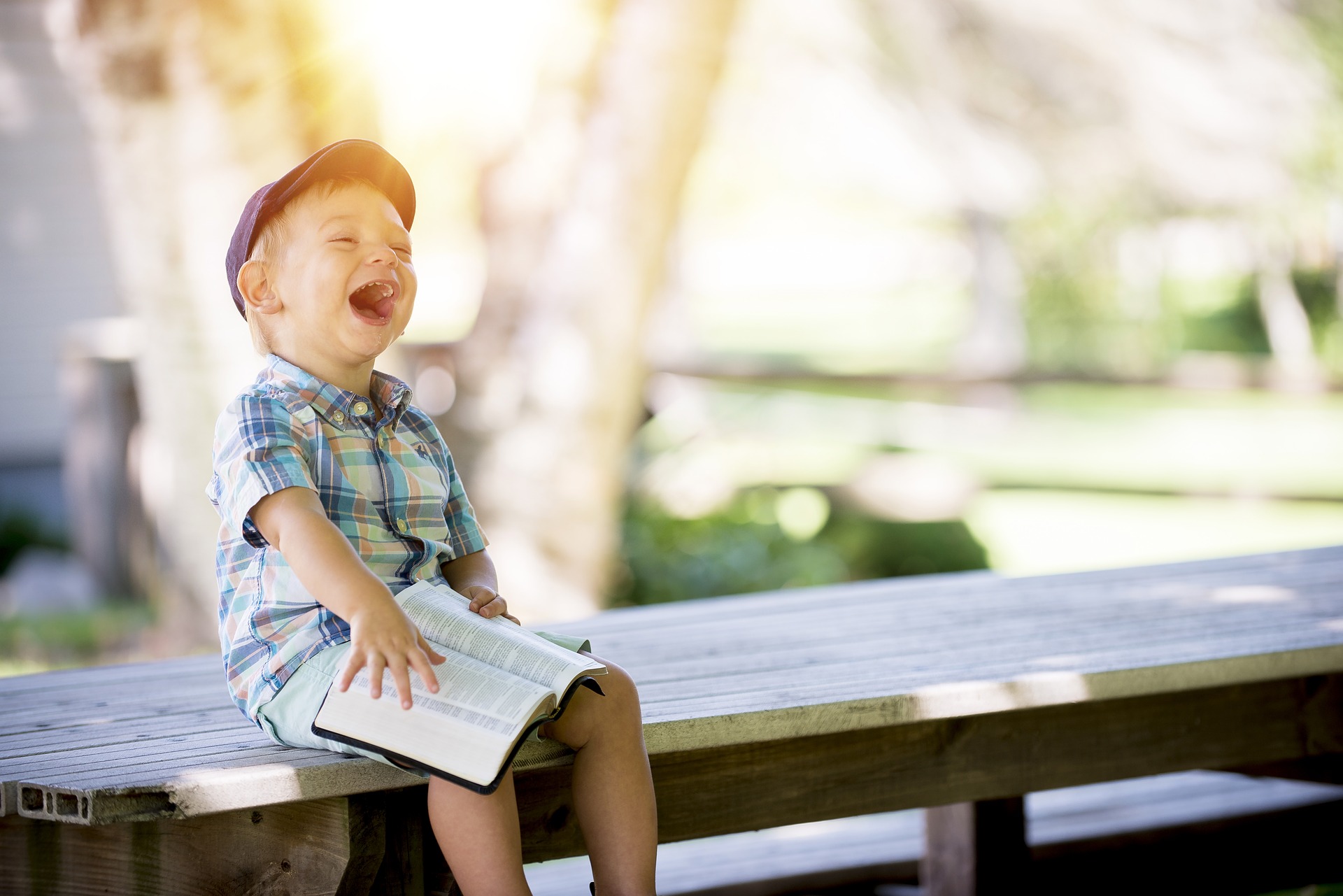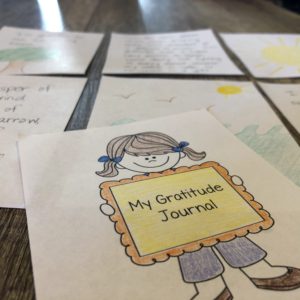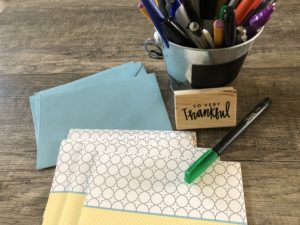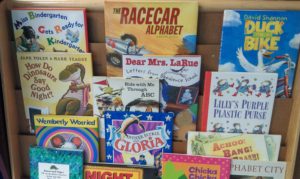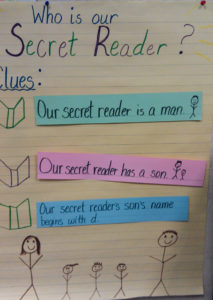I’m not going to talk much about what’s going on in the world. It makes me anxious (anyone else?). Instead, I’m going to focus on sharing what’s working for us and invite you to do the same.
I am the type of person who thrives with structure. When it’s missing, I feel stressed and uncomfortable. Planning keeps me sane, and I love knowing that I have planned way too much when children are involved. For me, part of the plan is always following their lead (and sometimes ignoring half the plan to learn from their discoveries!). Conveniently, this seems to be really helpful for my family too. Please know that everything I’m sharing here is to help provide the structure my family needs to continue feeling as normal as possible. Your family may need something different. I think one of the things we can celebrate about sheltering in place (which I hear we’re about to do) is that we’re getting to know ourselves and our families better. So, you do you, I’ll do me, and we’ll love each other from 6 feet away.
Weekly Plans
We had fog the other day, and my preschooler was so excited and curious about it! I have been learning about Reggio-Inspired teaching recently, and this sounded like a great way for us to follow his lead and make some discoveries.
I created a plan for the week, focused on weather. (I always over plan when I’m first trying something, so this level of detail is comforting to me!) Feel free to use as much of it as you’d like. It’s completely free – just click anywhere in this sentence to get it.
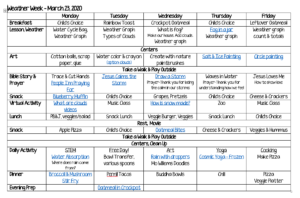
So far, we’re halfway through Monday, and we’ve done less than half of what I had planned! That’s just fine with me. Now I have more in my back pocket for the end of this rainy week!
I’ve also planned out most of our meals, because we are trying to avoid shopping as much as possible. By planning ahead, we know what we have and are using up the things that will go bad.
The plan includes lots of links, because my brain keeps trying to focus on Covid-19 related things. Having the links keeps me focused on what’s happening here in my house, rather than trying to keep those ideas in my head!
Daily Schedule
We started this last week, and it has honestly been the best thing ever. It helps us remember to keep up our daily routines, like getting dressed and ready for the day. We are also less likely to sit in front of the TV all day if we have other ideas. I’m not a huge fan of screen time, but at times like this, there’s a definite temptation to just let that go. The daily schedule reminds me that our goals still exist, and the things we enjoy are still fun!
I made a simple set of printable cards we’re using at home. They’re very similar to the cards I’ve used in the classroom, so they are great for keeping things similar to how they were before we began social distancing.
Centers
Having play-based centers set up throughout the house has been really helpful, because it means Dad and I are able to keep up with our work (he is full time currently from home and I am part time and always work from home). Those are on the second page when you grab the file.
For us, it’s been helpful to have our centers spread out throughout the house. It allows us to see more than the same four walls all day and keeps things feeling normal. I would use the same centers for a preschool weather unit at school, so you could certainly do the same!
As with school centers, I put out the supplies I want to use for whatever skill I’m looking to work on (mostly fine motor), and anything the child wants to add is welcome. Today, we started with paper, glue, and cotton balls. My preschooler taught me that paint was essential for making his clouds look like today’s sky.
There are as many possibilities for creating as I can come up with. In addition to making this more fun and allowing the child to lead, it gives them the opportunity to express whatever is on their minds.
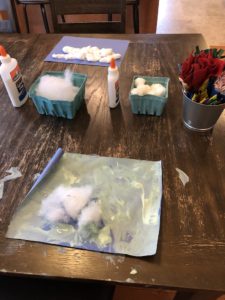
Practical Life
I recently learned about this in researching Montessori teaching techniques. (Can you tell I’m using this time to learn about everything I possibly can?) We’ve been having a hard time keeping the food contained with a spoon, and this practical life activity seemed like the perfect way to address the issue! Bonus: it got 2 thumbs up from the preschooler!
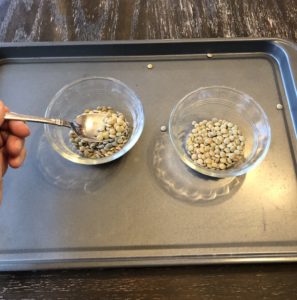
Art Displays… Kind of Like School
We’re working to balance adult and child needs, and I think it’s working pretty well for us right now. We’ve created an art gallery to display works of art. We’ve given each one a title, and we are practicing writing our name on each one. It looks similar to a classroom display, so that creates some extra comfort in terms of school routines. We are also cleaning up the centers that are in the main living areas at the end of the day. So, that helps with adult needs.
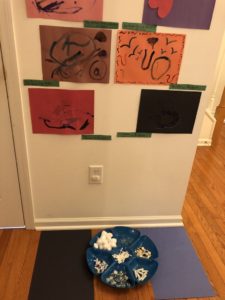
Elevating the Everyday
Andrea Dekker has a great blog post about elevating the everyday. She posted it ages ago, but it has been a game changer for us right now. We’ve brushed our teeth by candlelight, created faces with our snacks, and made celebrations out of cleanup time. Rainy day picnics have taken place in our living room, and the families in our neighborhood have done shamrock hunts for each other. Basically, we are doing whatever we can to keep growing together, enjoying each day, and letting go of the parts of the day that are less than perfect. At the end of the day, I think the most important thing we can do right now is continue to foster emotional stability and maintain physical health. Everything else is a bonus.



